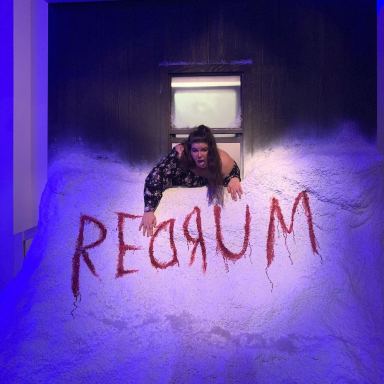34 Facts About ‘Blood Feast,’ the World’s First Splatter Film
Filmmaker Herschell Gordon Lewis is considered the godfather of gore and his film Blood Feast is often considered the first slasher movie.
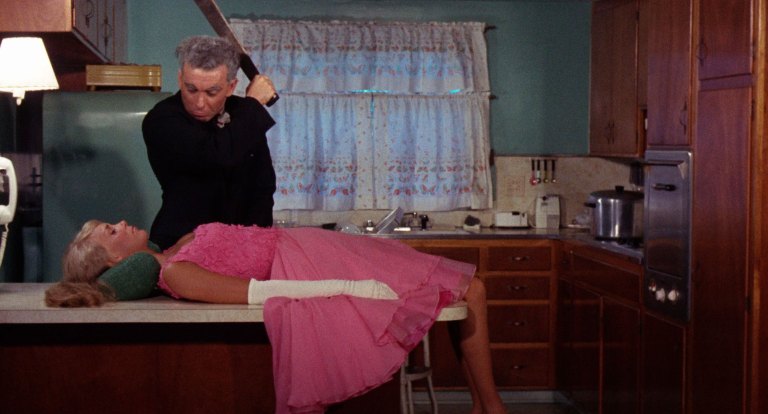
Murder scenes are a staple of horror movies and have been depicted in films going all the way back to the Silent Era. But the year 1960 led to two movies that changed the entire landscape with graphic depictions of a psychotic madman who stabbed his victims to death—Alfred Hitchcock’s Psycho and William Powell’s voyeur movie Peeping Tom. But even with the infamous “shower scene” in Psycho, quick editing only conveyed the horror—you actually didn’t see the stabbing in graphic detail, and when the blood finally swirled down the drain, it was in black-and-white.
At the dawn of the 1960s, Herschell Gordon Lewis was a Communications teacher at Mississippi State University who longed to do something else. Teaming up with zero-budget film producer David F. Friedman, the two dabbled briefly in what were known as “nudie-cutie” films—softcore porn flicks that didn’t show explicit sex but were permitted before 1965 and the advent of the motion picture content rating system—G, PG, R, and X.
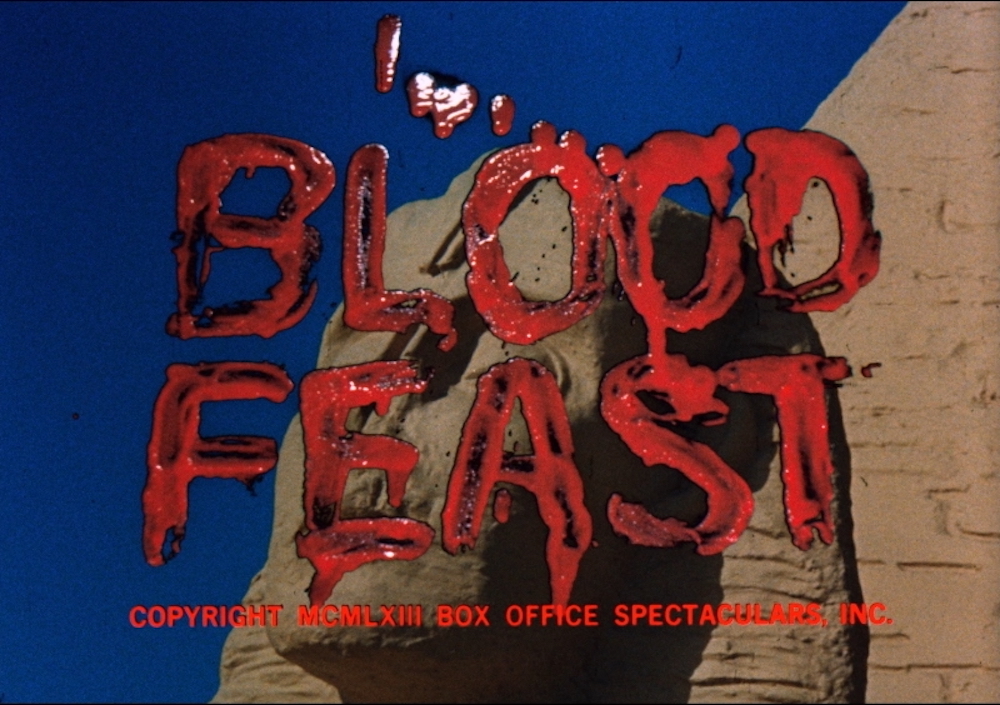
Many “nudie-cutie” films were extremely thin on plotting and scripting; often they consisted of nothing more than stock footage of people playing volleyball at nudist camps with some rudimentary narration slapped on top. From 1961 to 1963, Lewis and Friedman collaborated on several “nudie-cuties” with titles such as The Adventures of Lucky Pierre, Daughter of the Sun, and Goldilocks and the Three Bares until they decided that the market had become saturated and was no longer profitable.
As the story goes, Lewis and Friedman jotted down a list of exploitation films they could make cheaply that no major studio would dare to make. After rejecting ideas such as “Nazi torture” and “con man evangelist,” they settled on “gore.” In an interview with John Waters in the book Shock Value, Herschell Gordon Lewis, an extremely thrifty man, tells Waters that he’d purchased an entire gallon’s worth of theatrical blood for a previous film—one in black-and-white, no less—but had only used an eyedropper’s worth of the fake blood.
And thus was born the splatter genre. Blood Feast would be the first horror film to show buckets and buckets of blood in full, eye-gouging color. It is extreme even by today’s standards. There would be no Texas Chainsaw Massacre, Friday the 13th, or Halloween without the granddaddy of them all, Blood Feast.
Based on a collaborative idea between Lewis and Friedman, Blood Feast was written, scored, and directed by Lewis, who gave credit for the screenplay to his wife, Allison Louise Downe.
The basic “plot” involves a food caterer named Fuad Ramses (Mal Arnold) who murders women for specific body parts so he can offer up a blood sacrifice to the “Egyptian goddess” Ishtar (who was actually a Mesopotamian goddess, but again, this is a low-budget film) and resurrect Ishtar’s soul while feeding human meat and blood to an unsuspecting group of diners. One by one, Ramses brutally murders women as he prepares his feast, with the police desperately on his trail.
Here are 34 little-known facts about this notorious and highly influential 1963 horror film.
The Gore
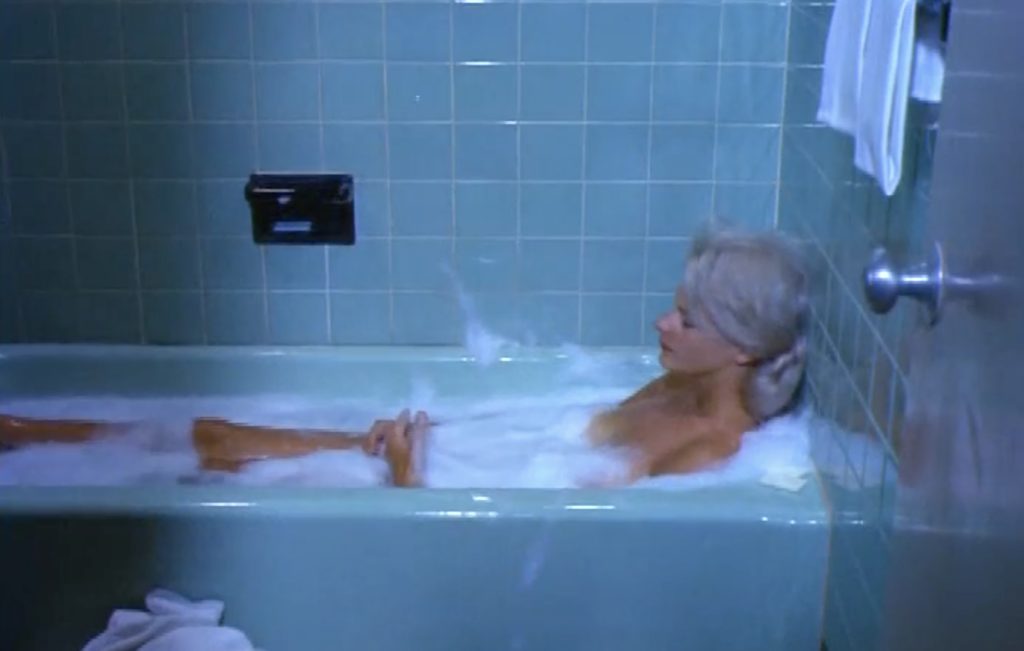
1. The opening scene shows a beautiful young woman taking a bubble bath while listening to a radio report about a serial killer loose in the Miami area. Her solitude is suddenly interrupted by a suit-wearing man wielding a gigantic knife who hacks off her leg to the bone, leaving her drenched in blood.
2. While lounging at night on a beach with her boyfriend, a woman has the top of her head hacked off with a machete and her brains removed.
3. Fuad Ramses knocks on a motel room door. When a woman opens the door, he barges his way in, subdues her, shoves his fist down her mouth, and pulls out her tongue, dangling it before the camera. (Lewis used a sheep’s tongue from Tampa Bay for the scene.)
4. Fuad Ramses brutally whips a woman in the backroom of his catering business—which doubles as a shrine to Ishtar—and squeezes the blood from her body to mix into his catered “Egyptian feast.”
5. When finally cornered by police, Fuad escapes, jumps into the back of a garbage truck, and is crushed by the hydraulic force of its blade as one of the cops intones, “He died a fitting end, just like the garbage he was.”
The Production
6. There are conflicting claims, but Blood Feast was filmed in Miami in anywhere from four to nine days.
7. The film reportedly cost anywhere from $24,500 to $60,000 to make.
8. A wild success due to its wild content, it took in anywhere from $4 million to $30 million at the box office, mostly at drive-ins and predominantly in the American South.
9. The only “script” was a 14-page outline that Lewis had dictated to his secretary.
10. The role of Suzette Fremont is played by Connie Mason, Playboy’s “Playmate of the Month” for June 1963.
11. Herschell Gordon Lewis has an uncredited cameo as the voice of the radio announcer.
The Marketing

12. The official movie poster screamed that there was “NOTHING SO APPALLING IN THE ANNALS OF HORROR!”
13. Producer David F. Friedman distributed “vomit bags” for theater-goers in the Chicago area.
14. Friedman also filed an injunction against the film in Sarasota, FL, only making it more popular.
15. A trailer for the film warned any viewers with a “heart condition” to leave the theater for the next few minutes.
16. Blood Feast was advertised as Egyptian Blood Feast at drive-in theaters in New York State.
18. The film was released in Greece as Blood Ceremony, in France as Bloody Orgy, and in Poland as Festival of Blood.
The “Blood Trilogy”

19. Due to Blood Feast’s breakout success, Lewis and Friedman collaborated on two more extremely graphic splatter films—Two Thousand Maniacs! (1964) and Color Me Blood Red (1965). These three films became known as “The Blood Trilogy” and often played at triple features at drive-ins.
20. Two Thousand Maniacs! centered around the mythical town of Pleasant Valley, Arkansas, whose inhabitants were all slaughtered by Union Forces during the Civil War. A century later, the ghosts of the slaughtered Rebels rise from the dead, lure a half-dozen “Yankees” who are driving down South into their town, and brutally torture them to death one-by-one.
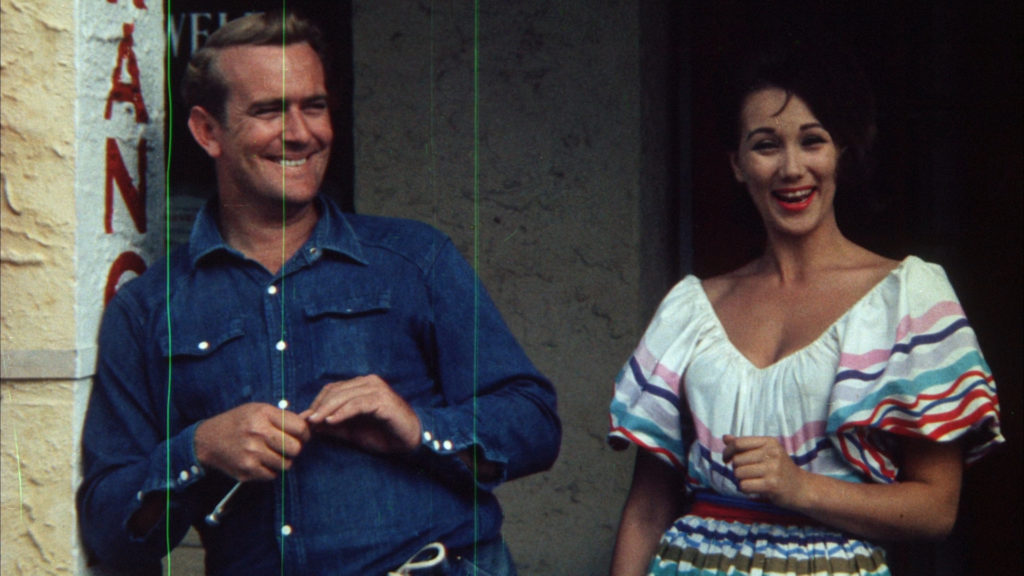
21. Color Me Blood Red tells the story of a deranged painter who accidentally slices his finger, rubs the blood on a canvas, and winds up painting his first successful piece of art as a result. Since he only has a limited amount of blood, he turns to murdering women to keep himself in constant supply of that unique taint of red.
22. Lewis would go on to make several more extremely gory features throughout the 1960s and into the 1970s—A Taste of Blood (1967), The Gruesome Twosome (1967), The Wizard of Gore (1970), and the almost unbelievably graphic The Gore Gore Girls (1972). His career as a gore-meister was cut short was cut short when he was forced to spend three years in prison in the 1970s for fraud.
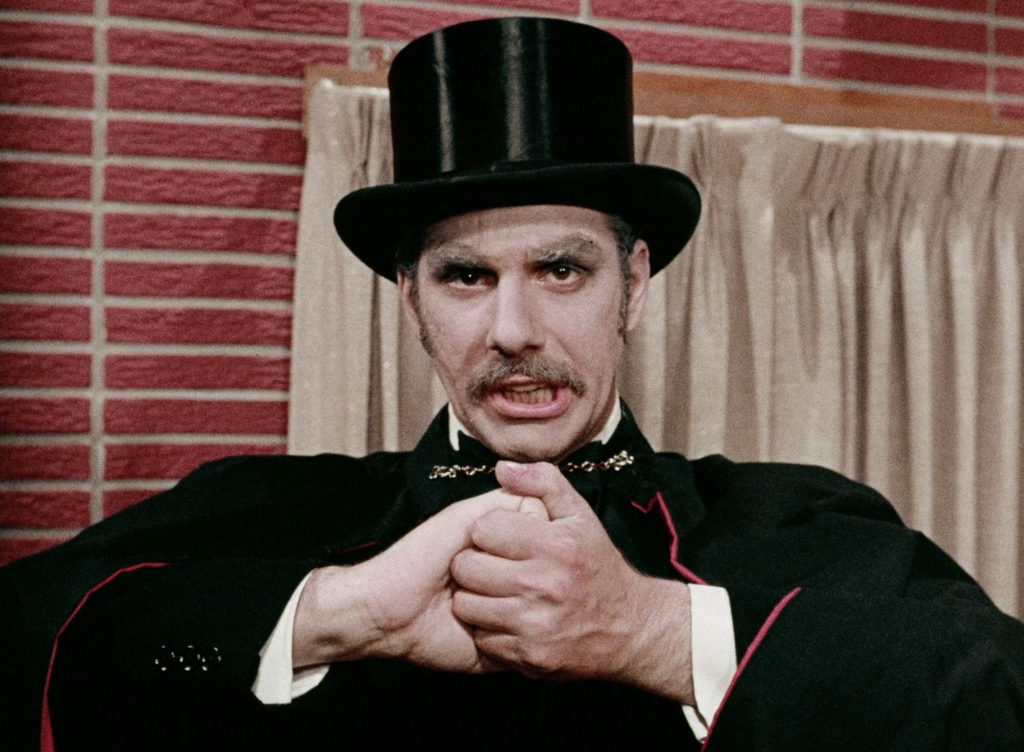
23. In 2002, Lewis and Friedman would team up again to film a sequel, Blood Feast 2: All U Can Eat. It featured a cameo by John Waters, a huge fan of Lewis’s films.
24. Lewis returned once again to gore with 2009’s The Uh-Oh! Show, which depicted a TV game where contestants were dismembered every time they gave a wrong answer.
25. In 2017, Blood Feast was remade by director Marcel Walz. It starred Robert Rusler in the role of Fuad Ramses and saw a limited theatrical release.
The Response
26. John Waters said, “Blood Feast is my favorite of Lewis’s films. When we shot Serial Mom and I showed them the infamous tongue scene, one of the female crew members said, ‘I hate when a guy does that.’”
27. When the United Kingdom issued its infamous list of banned “video nasties” in the 1980s, Blood Feast was the oldest film on its list.
28. In his book A Taste of Blood: The Films of Herschell Gordon Lewis, Christopher Wayne Curry referred to Fuad Ramses as “the original machete-wielding madman” and said he was the obvious precursor to Jason from the Friday the 13th franchise and Michael Myers from the Halloween films.
29. A review in Variety described Blood Feast as a “totally inept shocker” that was “incredibly crude and unprofessional from start to finish” and represented “an insult even to the most puerile and salacious of audiences.”
30. The Los Angeles Times called the movie “a blot on the American film industry.”
31. John Carpenter, director of Halloween, offered praise for Blood Feast and gave Herschell Gordon Lewis props for “[wanting] to slap us in the face, and say, ‘Look at this stuff.’”
32. A review in AllMovie said, “The plot is threadbare, the acting is on a par with the clumsiest of high school plays and the direction is static and uninvolving. Nevertheless, this is one of the important releases in film history, ushering in a new acceptance of explicit violence that was obviously just waiting to be exploited.”
33. Stephen King tweeted, “What is the worst horror movie you ever saw? For me, BLOOD FEAST.”
34. TIME magazine placed Blood Feast on its list of the “Top 25 Horror Movies” of all time and Arrow Video has released the film and 13 others from Herschell Gordon Lewis on Blu-ray.
